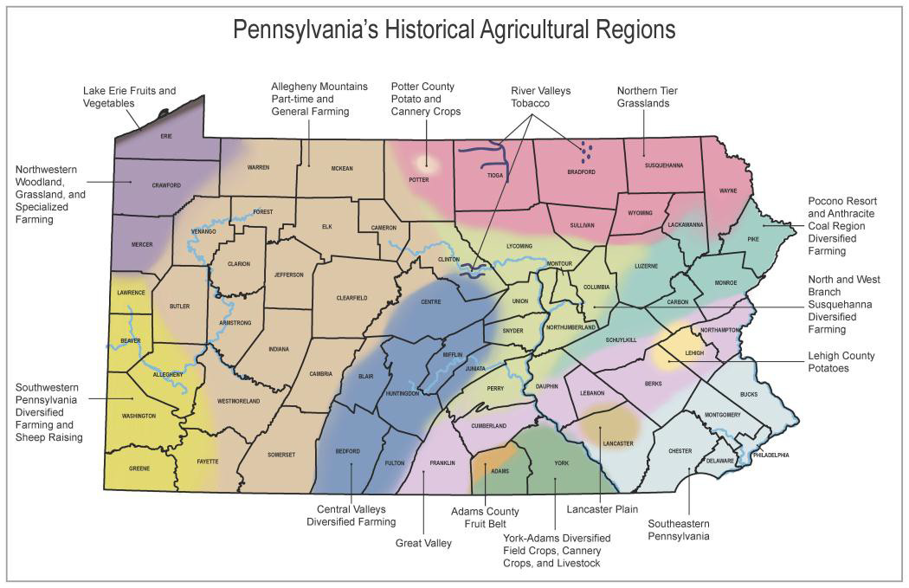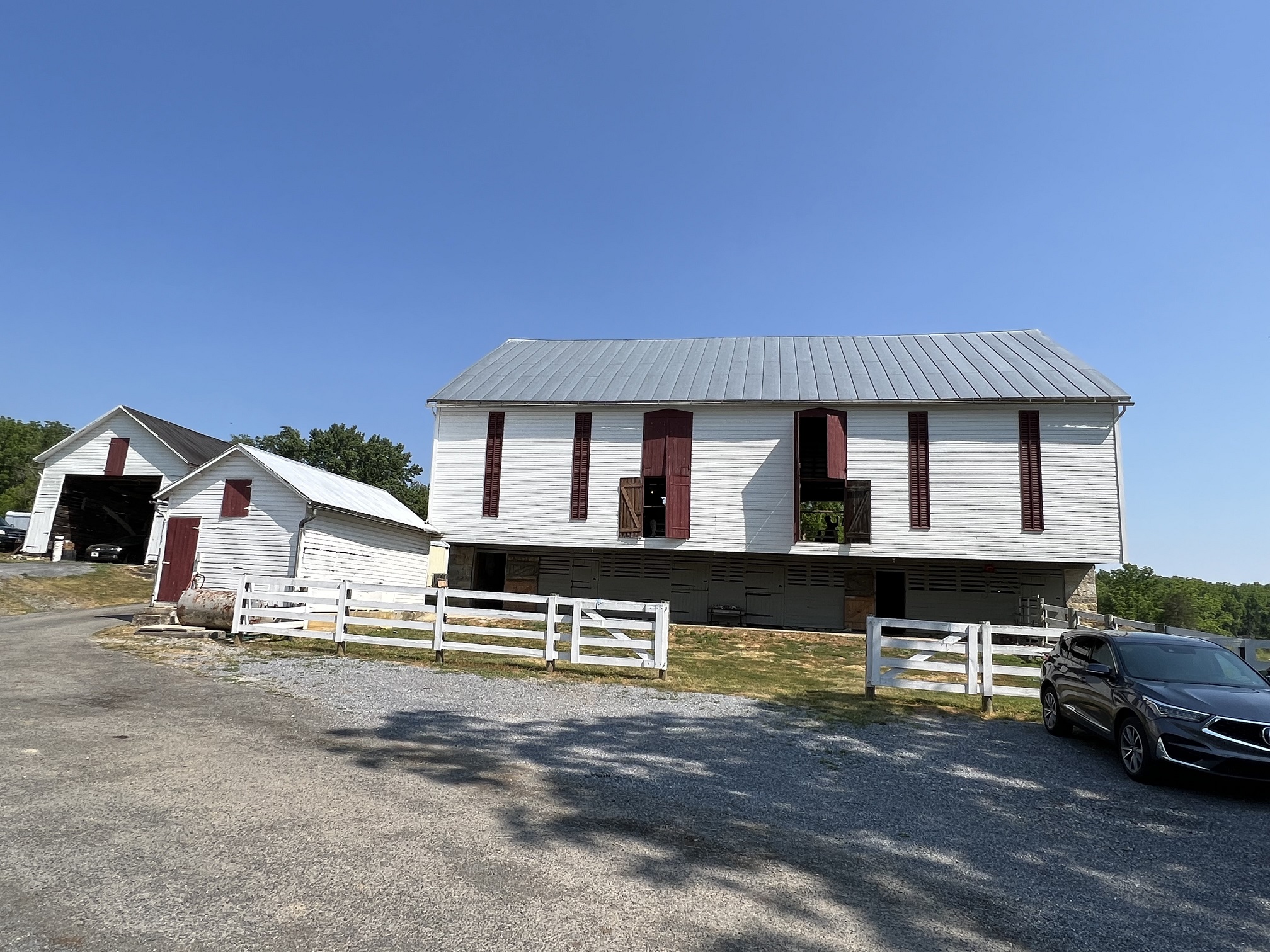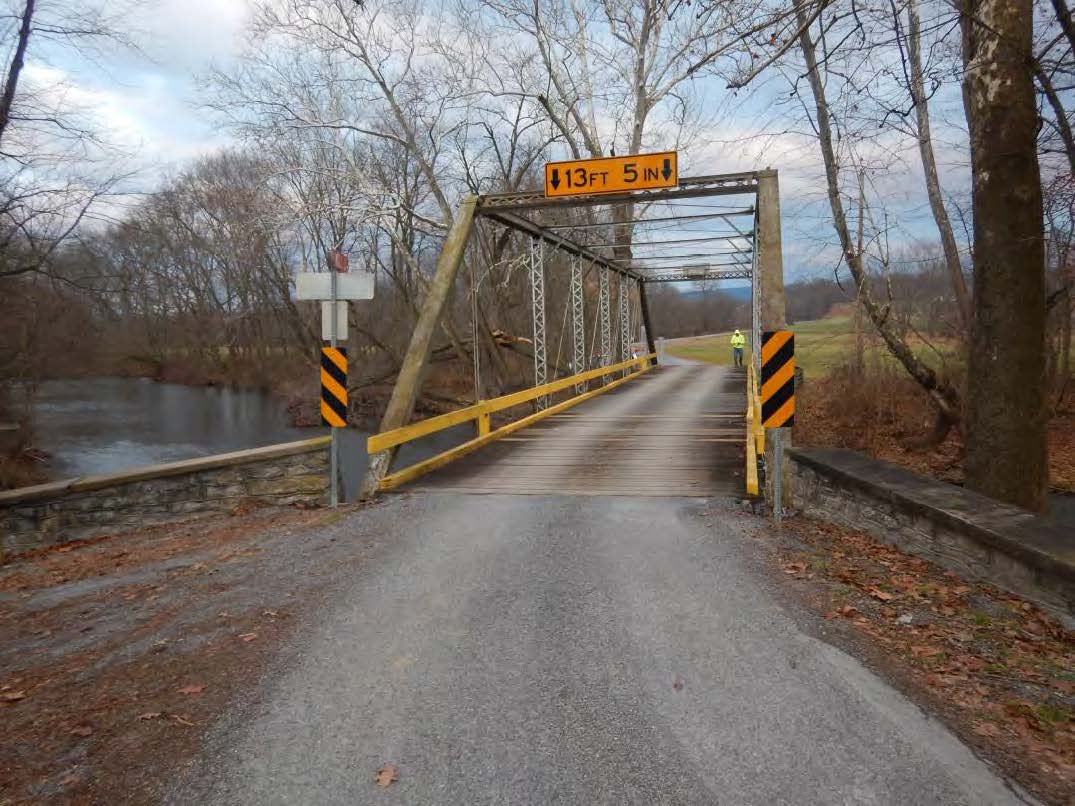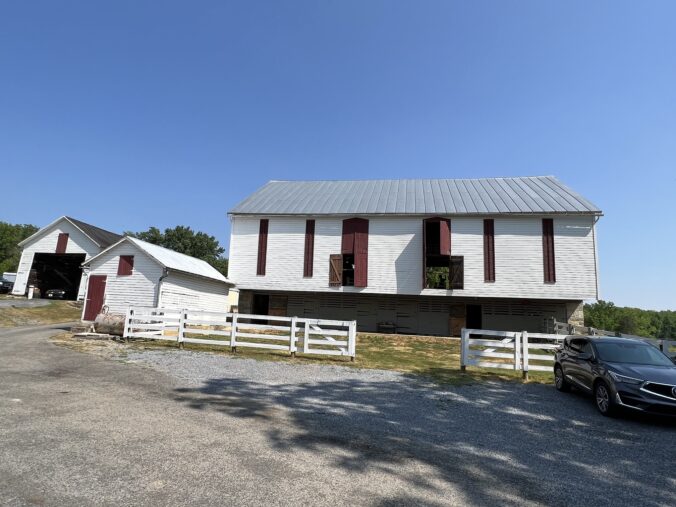As one door closes, a new door opens and a new journey in life begins. This feeling of sad excitement doesn’t even begin to encompass how I have come to view my experiences and learning opportunities this past summer.
I was given the great opportunity to work for the Pennsylvania Department of Transportation (PennDOT) as a Cultural Resources Management Intern. Not only was I able to work alongside and gain valuable experience from the staff at PennDOT, but my internship was also located in the Pennsylvania State Historic Preservation Office (PA SHPO).
This internship allowed me to learn more about the practices of historic preservation and broadened my understanding of the National Register of Historic Places. I loved the variety of opportunities that this internship provided. The in-office research as well as the out-of-office field site visits allowed me to expand my perspective and knowledge of the structures, people, and lifestyles that came together to create our great state of Pennsylvania.
Over the course of my internship, I worked on projects with both PennDOT and the SHPO which allowed me to gain hands-on experience working on both transportation related projects as well as historic preservation projects. Being able to work on multiple projects with two different agencies under the statewide agreement gave me insight into the inter-connected world that is cultural resource management and historic preservation and allowed me to dive even deeper into my future career.
One of my main projects was finalizing outstanding agricultural survey data for the Pennsylvania Agricultural History Project, also known as the statewide agricultural context, and date entering it into PA-SHARE. Being a local from South-Central Pennsylvania, I grew up around farms, but I have never taken the time to appreciate them for the important roles they have played in Pennsylvania as a whole and how economically, culturally, and historically diverse Pennsylvania’s agricultural heritage really is. Being able to examine these farms and give many of them the historic recognition they deserve truly gave me a newly found respect for farming and agricultural lifestyle.

This map illustrates the 16 historic agricultural regions of Pennsylvania, as identified in the statewide agricultural context.
As part of this project, I took paper survey forms for farms identified in the agricultural survey and scanned each of them into PA-SHARE to make them more easily accessible for not just SHPO research purposes but also for the public. I also identified appropriate resource boundaries using online resources, such as Cumberland County Property Mapper, and used GIS to draw boundaries for the resources. Being able to use these types of mapping resources throughout this internship allowed me to familiarize myself with the software and gain some beginner level knowledge about GIS and mapping for my upcoming classes this fall semester.

The Brandt-Cohick Barn and Farm seen in this photo was one of the many farms added to PA-SHARE. June 2023.
One of the other major projects I worked on this summer was the update and cleanup of date on Pennsylvania historic metal truss bridge population. I worked with PennDOT and PA SHPO staff to examine around 420 metal truss bridges across Pennsylvania to determine if any had been recently demolished or relocated. Using a specific PennDOT system called Bridge Management Systems (BMS2) as well as other historic bridge resources, I was able to locate and make any necessary revisions to resource data in PA-SHARE. Resources like Google Maps and Google Earth were helpful as they allowed me to gain a 3D view of the resources.
This project was my favorite to work on because it hit very close to home as I have a smaller metal truss bridge near my house. Being able to conduct the research for that specific bridge during this project was somewhat of a surreal moment. Working on this project really expanded my interest into not just metal truss bridges, but all different types of historic bridges across Pennsylvania and the country.

The Burnt Mill Road Bridge seen in this photo is a metal truss bridge located near Shippensburg, PA.
As my internship draws to a close, I reminisce on what I have learned over the past 3 months.
I learned that history connects us all to everything, whether we realize it or not, and there are people out there, like here at the PA SHPO and PennDOT, who work every day to preserve that connection to our past. I saw the benefits of finalized projects and how they truly matter to communities. I sincerely hope that the work I have done over these past few months continues to enlighten these small towns and big cities.
As I continue my journey to preserve more of our state and country’s history, I can leave here knowing that I have gained valuable knowledge, skills, and connections that will take me to great places in the world of historic preservation.
__________________________
This week’s guest contributor is Jared Diehl. Jared is a junior at Shippensburg University majoring in Public History with a minor in Anthropology. He is local to south-central Pennsylvania, both living and going to school in Shippensburg. He plans to continue his education with a Master’s degree and hopefully find a career in Pennsylvania in the historic preservation field.

Thanks for all your hard work this summer Jared and sharing your experiences in well written blog post. Best of luck in your future studies! The preservation world needs more students like you!